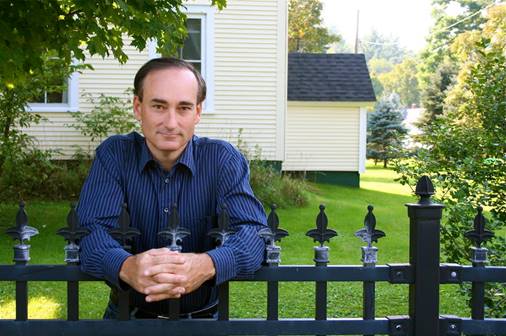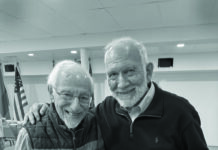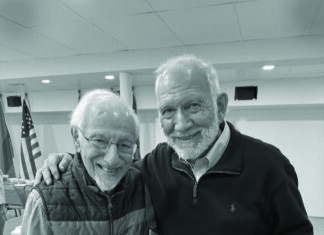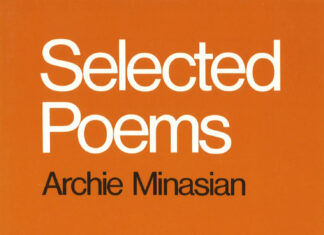( Award-winning author Chris Bohjalian was a columnist for Gannett’s Burlington Free Press where the following story ran on May 17, 2015. He graduated from Amherst College and lives in Vermont with his wife and daughter. This story was also posted on May 20, 2015 at Chris’ website: https://chrisbohjalian.com/a-vegetable-garden-food-for-the-soul/)
By Chris Bohjalian
Why garden today?
Note the verb. In your mind’s eye, conjure a backyard vegetable plot. Imagine activity and effort. Visualize stooping. Lifting. Tilling. Seeding. Planting. Watering. Weeding. Thinning. (I abhor thinning. I haven’t the heart to rip from the soil the small, fragile leaves that will become lettuce or carrots or beets.) There are more — many more — words that buttress that single verb, “garden,” but you see my point. There is a lot of work before you get to harvesting. Savoring. And (yes) eating.
Moreover, I imagine if I added up the costs of my wife’s and my vegetable garden, it would not be a profitable venture. The rototilling, seeds, manure, pots, tomato cages, fertilizer, and hay alone might cost more than if we had bought the same vegetables at a farm stand or grocery store between July and October. But even if that’s not the case, when you factor in the hours and hours of our labor, our vegetable garden can’t possibly make fiscal sense.
And yet neither of us can imagine a summer without it. The same, I am sure, goes for all of our neighbors in the center of Lincoln, Vermont. Most of us have vegetable gardens, and many of us have some combination of blueberries and strawberries and raspberries, too.










